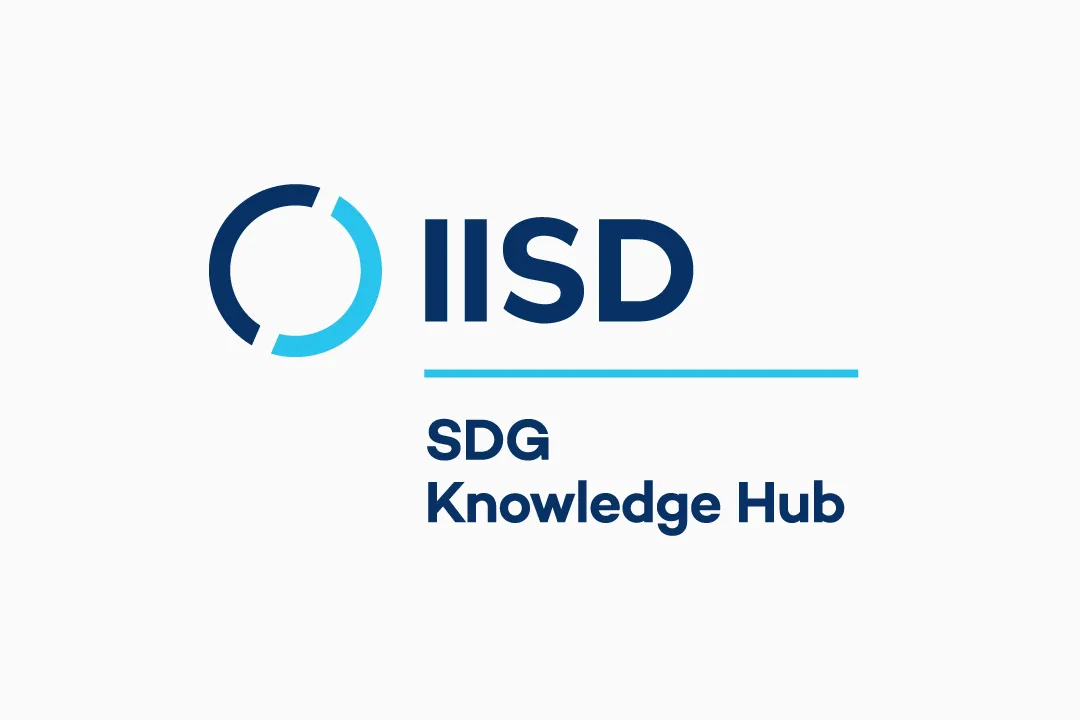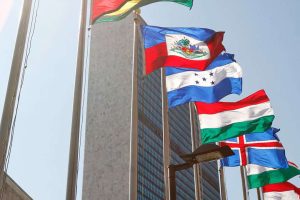Creating the indicators for the Sustainable Development Goals (SDGs) is a historic challenge on par with creating statistics to measure post-war recovery in the 1950s and environmental indicators in the 1990s. This was among the reflections expressed during the UN Statistical Commission’s (UNSC) celebration of its 70th anniversary earlier this month. The UN General Assembly (UNGA) placed this challenge on the UNSC’s agenda when it adopted the 2030 Agenda for Sustainable Development in September 2015. Has the Commission fulfilled this once-in-a-generation task?
UNSC Forwards Resolution to ECOSOC, Finally
At the conclusion of its 48th session, which convened in New York from 6-10 March 2017, the UNSC agreed to a draft resolution in which it adopts the indicator framework developed by the Inter-Agency and Expert Group on SDGs indicators (IAEG-SDGs), and notes that it is a “voluntary and country-led instrument.” The consensus agreement followed several rounds of consultation and revision, and some concern that it would be politically difficult to agree on a resolution. At the end of the meeting, however, UNSC 48 did forward a draft resolution to the Economic and Social Council (ECOSOC) for adoption, and for subsequent action by the UNGA.
These steps were in line with the decision taken in September 2015, although they were delivered one year later than anticipated. The 2030 Agenda calls for the IAEG-SDGs to develop a set of global indicators for the follow-up and review of the SDGs and targets, and stipulates that the indicator set should be “agreed by the UN Statistical Commission by March 2016 and adopted thereafter by the Economic and Social Council and the General Assembly, in line with existing mandates.” Before the UNSC’s 48th session, countries’ chief statisticians consulted on a draft ECOSOC resolution on the indicator framework, and several rounds of consultation and revision continued up until the conclusion of UNSC 48. In the end, the text received widespread support on the last day of the Commission session. ECOSOC is expected to take up the draft in the next few months.
Through the draft resolution adopted by UNSC on 10 March, titled ‘The work of the UN Statistical Commission pertaining to the 2030 Agenda for Sustainable Development,’ ECOSOC would:
- Adopt the indicator framework developed by the IAEG-SDGs as a “voluntary and country-led instrument”;
- Note that the indicators will be refined yearly, and comprehensively reviewed by the Commission at its 51st session in 2020 and 56th session in 2025;
- Request the UN Secretary-General to continue maintaining the global indicator database to inform the yearly progress report on the SDGs, and to ensure transparency on the data, statistics and metadata presented on countries and used for the regional and global aggregates; and
- Recommend the resolution to the UNGA for adoption.
National Level Front and Center
As explained by the head of the UN Statistics Division (UNSD), Stefan Schweinfest, during a briefing in February 2017, the draft resolution seeks to link agreement on the framework of global indicators to two issues of key importance to national statistical offices (NSOs): support for capacity building at the national level, and national ownership of country data.
On capacity building for statistics, the agreed resolution calls on the UN system to support national efforts in building and strengthening national statistical capacity, in particular in developing countries. It welcomes the Cape Town Global Action Plan for Statistics for Sustainable Development Data (CTGAP), which had been launched at the first UN World Data Forum in South Africa, in January 2017. The Action Plan provides the framework for discussion, planning, implementation and evaluation of statistical capacity building pertaining to the 2030 Agenda. The draft stresses the need for the Commission to inform discussions at the UN High-level Political Forum on Sustainable Development (HLPF) regarding statistical gaps and capacity building needs related to the SDGs. It also urges countries, UN funds and programmes, specialized agencies, the UN Secretariat, the Bretton Woods institutions, international organizations, and bilateral and regional funding agencies to intensify their support for strengthening data collection and statistical capacity building.
The text also addresses governments’ need to give consent before international organizations make estimates on their behalf. The resolution stresses that official statistics and data from national statistical systems constitute “the basis needed for the global indicator framework.” It adds that, if specific country data are not available for reliable estimation, the international organization shall consult with concerned countries to produce and validate modeled estimates, before publication.
Next Steps for the Indicator Framework
Despite the UN Statistics Division’s welcoming the draft resolution as the “last piece for full implementation” of the SDGs, the draft must still make its way through ECOSOC, where governments’ political delegations will have an opportunity to deliberate the framework and the other components of the draft resolution, and then onto the UNGA. Only when ECOSOC and the UNGA adopt an agreement will the 2030 Agenda be complete, with its “final missing critical piece” added to the 17 SDGs and 169 targets that were adopted in September 2015.
Experts working on the indicators process expect ECOSOC to take up the draft resolution sometime in May 2017, or at an upcoming session of the Coordination and Management meetings, which take place in April, June and July. According to one expert, the political representatives of each government had the opportunity for involvement in the drafting of the UNSC text, which may mean that any substantive issues with the draft have already been resolved. Following adoption by ECOSOC, the resolution would be tabled for action by the UN General Assembly.
Apart from political endorsement of the global framework, much work remains to ensure implementation is possible, and universal. The Commission members had their eyes on this horizon when ensuring that the resolution would acknowledge capacity building needs, along with data disaggregation, and other areas of work. Many stressed during UNSC 48 that the indicators currently classified as Tier III (lacking an agreed methodology), which comprise one-third of the set of global indicators, need urgent attention. Colombia welcomed fellow participants at the meeting to an event in Bogota, from 20-24 March, to discuss how the data required for the indicators can be produced, in particular the indicators in Tier III.
The work plan for the IAEG-SDGs points to the long road ahead for the indicator framework, in particular with regard to data disaggregation, capacity building, and the refinements and review mechanisms. Coming out of IAEG-SDGs 4, which convened in November 2016, in Geneva, the UN Statistics Division called data disaggregation the “number one priority” for data development for the 2030 Agenda, so that it can address all the groups and populations mentioned and therefore “leave no one behind.” This area of work is still to be fully activated.
On developing the Tier III indicators, the IAEG-SDGs has made plans to “fast track” the more advanced indicators for re-classification, which would allow those indicators to be included in assessments for the annual progress report of the Secretary-General. The IAEG-SDGs has also set out to create a strategy to address the indicators that lack a custodian agency, and to set a timeline to finalize proposals on possible additional indicators, for submission to UNSC 49 in March 2018. These and other issues will be taken up at IAEG-SDGs 5, which will convene in Ottawa, Canada, from 28-31 March 2017.
While the UNSC’s forwarding of a draft resolution to ECOSOC represents the conclusion of an important task that was assigned to the Commission in September 2015, albeit one year later than originally hoped, the work is not yet done. As John Pullinger, the chief statistician of the UK, told the Commission at its March meeting, “we are no longer at the first, practical starting point, but we are also not yet at the end.”


